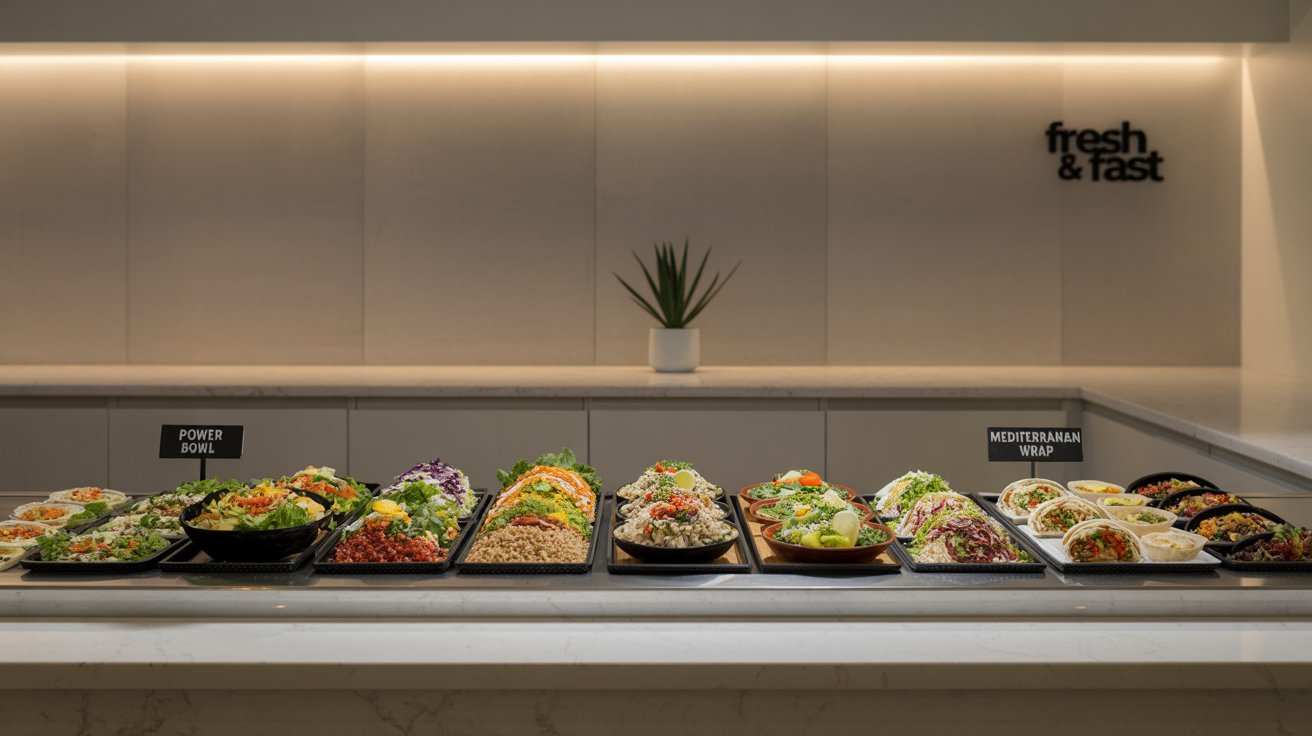Rice, a staple for over half the world’s population, holds deep cultural significance across cuisines, from Japanese sushi to West African jollof. Its versatility, affordability, and history make it a unifying ingredient in global kitchens.
Rice in Cultural Traditions
In Asia, rice symbolizes prosperity—Chinese New Year rice cakes signify abundance. In West Africa, jollof rice marks celebrations, with Nigeria and Ghana debating the best recipes. Latin American arroz con pollo unites families at gatherings. Rice’s role spans rituals (e.g., Indian weddings) to daily meals, feeding 3.5 billion people daily, per FAO data. Its cultivation, dating back 7,000 years, shapes economies and identities.
Global Rice Recipes
Make Nigerian jollof rice: blend 2 red bell peppers, 1 onion, 2 tomatoes, and 1 scotch bonnet; sauté with 2 tbsp oil, add 2 cups rice, 3 cups chicken stock, 1 tsp thyme; simmer 25 minutes. For sushi rice, rinse 1 cup short-grain rice, cook with 1.2 cups water, season with 2 tbsp rice vinegar, 1 tbsp sugar, ½ tsp salt; use for nigiri. Spanish paella: sauté 1 cup bomba rice with shrimp, chicken, and saffron in 3 cups broth for 20 minutes. Each showcases rice’s adaptability.
Cooking Techniques
Rinse rice to remove starch for fluffier grains. Use a 1:1.5 rice-to-water ratio for long-grain varieties; short-grain needs less (1:1.2). A rice cooker ($30) ensures consistency. Soak basmati for 30 minutes for better texture. For sticky rice, steam after soaking for 6 hours. Test doneness—grains should be tender but not mushy. Online resources like The Kitchn offer tips for perfect rice every time.
Nutritional and Economic Value
Rice provides 20% of global calories, per FAO, with brown rice offering more fiber and nutrients than white. It’s affordable—$1 per pound—and versatile, pairing with proteins or vegetables. Rice farming supports 1 billion livelihoods, especially in Asia and Africa. Its cultural weight inspires dishes like biryani or risotto, each reflecting local flavors and traditions.
Challenges and Tips
Overcooked rice? Reduce water and check doneness early. Sticky pots? Use non-stick cookware or add oil. Source quality rice—jasmine from Thailand or arborio for risotto—from markets or online. Experiment with varieties like forbidden black rice for nutty flavor. Store dry rice in airtight containers for up to a year. Rice’s versatility makes it a canvas for global cuisines.
Conclusion: Rice’s cultural significance unites cuisines, from jollof to sushi. With simple recipes and techniques, you can honor its global legacy. Cook a rice dish tonight and celebrate its universal appeal.
